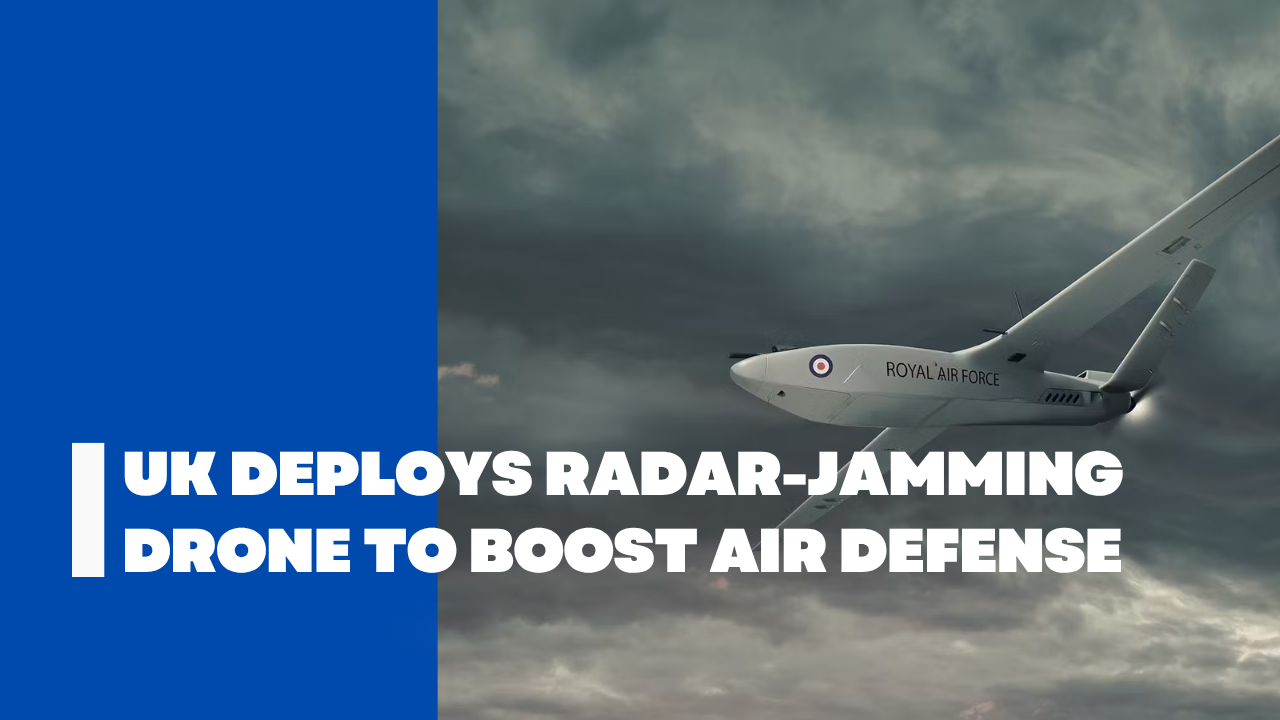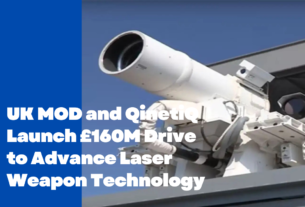In a bold leap for modern aerial warfare, the UK’s Ministry of Defence has unveiled a radar-jamming drone capable of disrupting enemy air defense systems a key development in enhancing mission survivability for crewed fighter jets.
The unmanned platform is engineered to fly ahead of combat aircraft, detecting and neutralizing radar signals before human pilots enter hostile airspace. It represents a critical upgrade to the UK’s electronic warfare arsenal, reflecting shifting defense priorities amid rising global tensions.
“This capability will give our pilots the tactical edge in contested environments,” said Air Marshal Tony Rowe, head of RAF Combat Air. “It’s a force multiplier silent, swift, and devastating to enemy systems.”
The drone, whose technical specifications remain classified, is part of a broader push by the UK to modernize its air power in alignment with NATO standards. By jamming radar and communications networks, the drone allows manned aircraft to operate undetected, reducing the risk of casualties and increasing mission success rates.
Defense officials say the system can autonomously identify and target multiple radar sources simultaneously, adapting its jamming patterns in real time using onboard AI. This makes it particularly effective in complex threat environments such as Eastern Europe and the Indo-Pacific.
The new drone is designed to integrate seamlessly with the RAF’s Typhoon and F-35 squadrons, providing real-time electronic countermeasure support. Military analysts note that this capability is especially crucial in any future confrontation with peer adversaries like Russia or China, whose sophisticated air defense networks have long challenged NATO planners.
The platform has already undergone successful trials and is now being fast-tracked into active service, with full deployment expected by mid-2026. It complements the UK’s investment in unmanned systems under the Future Combat Air System (FCAS) program, which also includes the Tempest next-generation fighter.
“This is about preserving air superiority in the face of evolving threats,” said Dr. Fiona Maddox of the Royal United Services Institute. “Electronic warfare is now as vital as firepower.”
The announcement follows recent revelations about adversary nations developing anti-access/area denial (A2/AD) zones, prompting NATO allies to prioritize EW (electronic warfare) and cyber-defense systems in their strategic frameworks.




